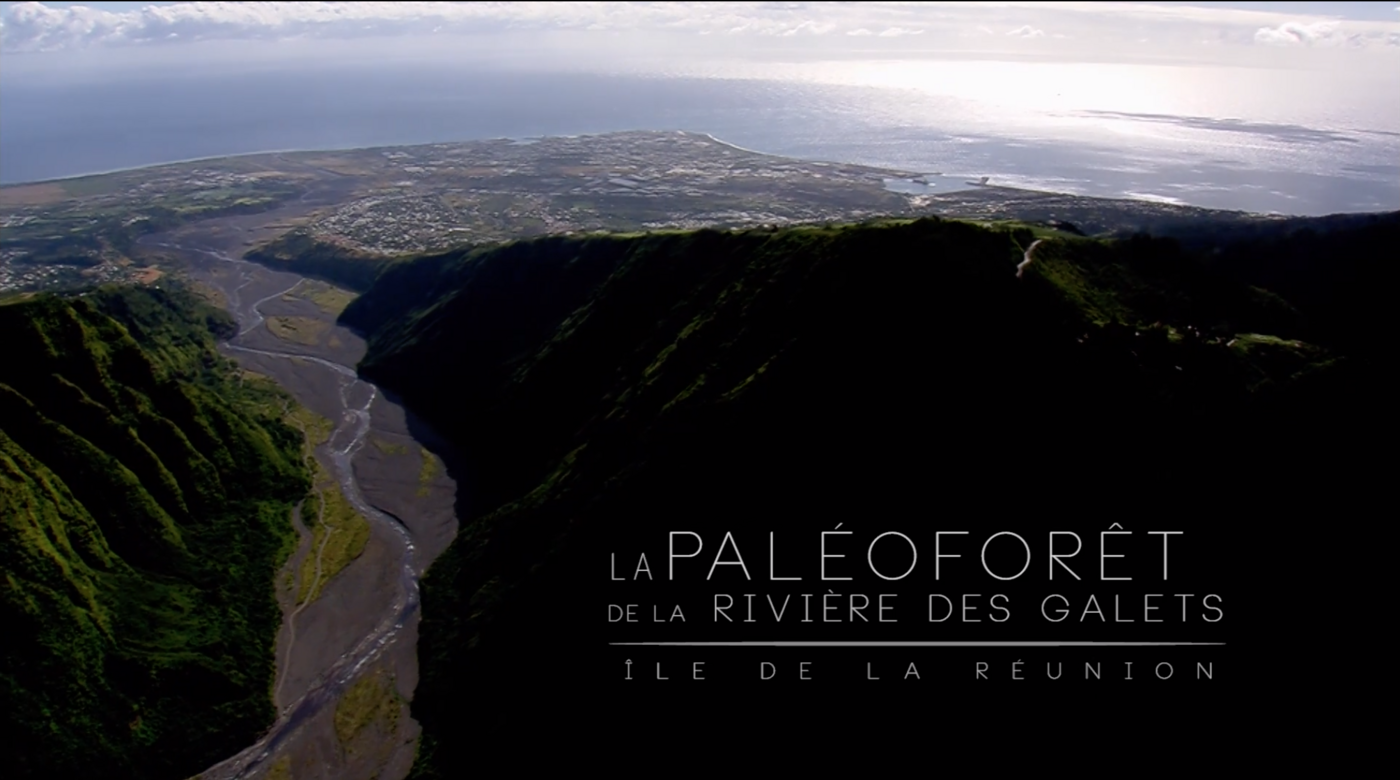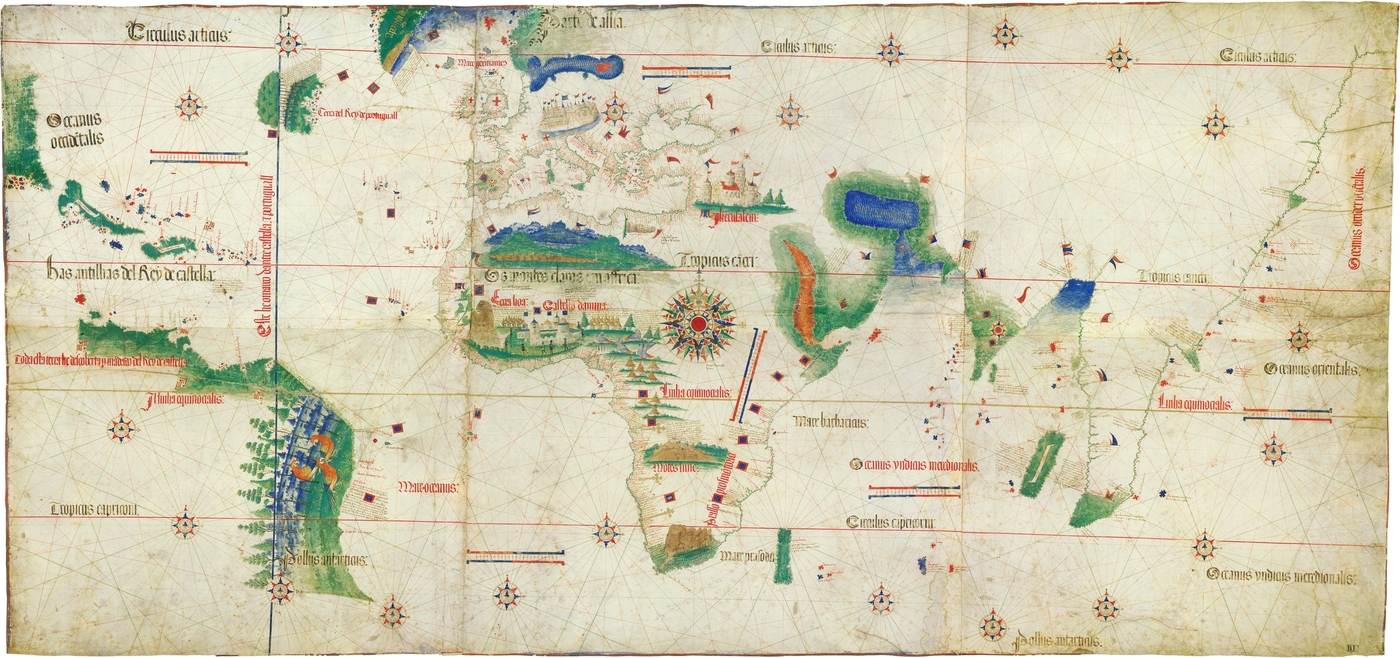Archaeology and the Indian Ocean
A vast space dotted with islands and archipelagoes, the Indian Ocean stretches from India to Indonesia and Australia to Africa. Archaeologists have revealed the exceptional heritage of these extremely varied territories.

The geographic dispersion and different latitudes at which the islands lie explain the great disparity between them and the various ways in which they were discovered and then settled by humans during the medieval period for some, and the contemporary period for others.
Trading routes and cultural crossroads
The exceptional heritage of the Indian Ocean reflects the uniqueness of the activities that took place in the region and its reality as a cultural melting pot – a common characteristic of these territories, which have been shaped by the arrival of migrants over the centuries.
The first section is devoted to Mayotte, occupied from the 8th century and which became a major trading hub in the Indian Ocean. Visitors then discover the history and heritage of Réunion, from the Modern era, with a detour via Tromelin, one of the Îles Éparses, or “scattered islands" and the strange fate of the forgotten slaves.
The visit ends in the southernmost reaches of the French Southern and Antarctic Territories, the last to be explored, and experimental laboratories, the remains of which are still to be seen.
The challenges facing archaeologists in the Indian Ocean
Building on work carried out in the past, the discipline was given a permanent framework in 2010 with the setting up of an archaeology service within the department for cultural affairs (DAC) of Réunion, on the initiative of the Ministry of Culture. The coordination of archaeological actors and research teams led to the creation of a number of projects in parallel to the development of rescue archaeology.
Archaeologists have expanded our knowledge of the region in recent years, and sometimes shed new light on the heritage of the Indian Ocean .





